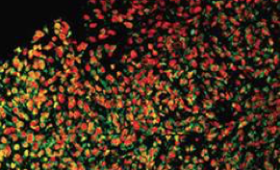The research team reports on a study of glutaminase inhibition's effect on clear cell renal cell carcinoma.
Science and Technology
in the News
Science and Technology
in the News
News Center

Félicie Albert was awarded the 2017 Edouard Fabre Prize for her contributions to the physics of laser-driven inertial confinement fusion and laser-produced plasmas.
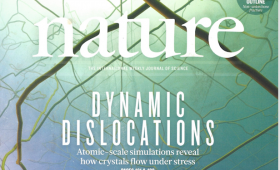
LLNL researchers have dived down to the atomic scale to resolve every “jiggle and wiggle” of atomic motion that underlies crystal strength.
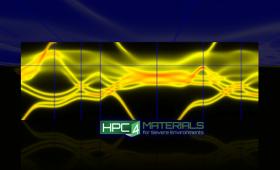
Lawrence Livermore National Laboratory will be part of a multi-lab effort to apply high-performance computing to U.S.-based industry's discovery, design, and development of materials for severe environments.
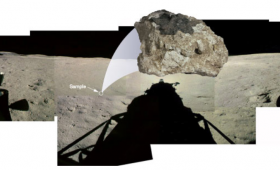
Livermore scientists unravel the history of the solar system through cosmochemistry.
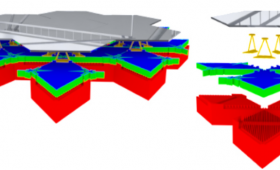
Livermore engineers develop an array of thousands of constantly moving hexagonal mirrors, each measuring just 1 millimeter square.
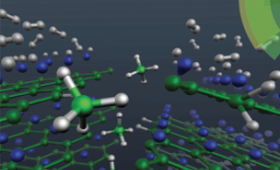
The authors present a joint experimental–theoretical study that elucidates the key atomistic mechanisms associated with the initial stages of hydrogen uptake within MgB2.
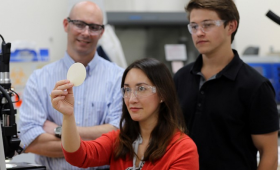
For the first time, Livermore researchers have successfully 3D printed composite silicone materials that are flexible, stretchable and possess shape memory behavior.
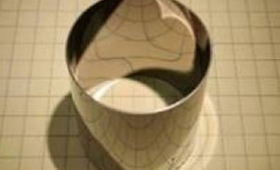
Livermore researchers are working to adapt the specialized optics used in orbiting x-ray telescopes to provide high-resolution images of man-made x-ray sources here on Earth.
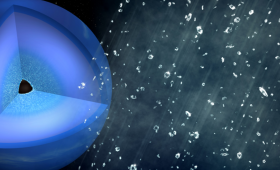
Scientists have observed “diamond rain” for the first time as it formed under extremely high pressure.


